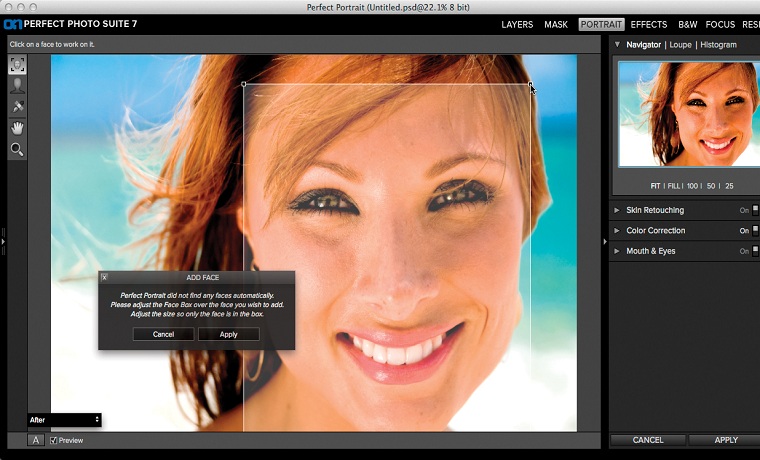Portrait editing work can be very time consuming and energy sapping. Once we take cognizance of that fact, a question then comes up, as to why people undertake such work – notwithstanding its involving and time consuming nature. And as we explore answers to that particular question, we get to learn that there are actually some three main factors that motivate people to undertake portrait editing work. We will be taking a closer look at those factors. What we need to mention in passing, is the nature of editing work we are making reference to here.
This is where we will come to learn that the nature of photo editing work we are making reference to here is that which involves, adding features to photos, removing features from photos, or changing the appearance of some features that are already in the photos. So, in a nutshell, we are trying to understand why people voluntarily decide to do such editing work: in spite of it being typically very painstaking work.

Without further ado, the three key factors that motivate people to edit portrait photos include:
- The desire to make the photos more aesthetically appealing: it has been discovered that it is possible to make ordinary-looking photos appear extraordinary by just tweaking a few things in them. This is, for the most part, what constitutes the aspect of editing that is referred to as portrait retouching. What normally happens is that good-looking models are photographed, and then their photos are made even more attractive through retouching. All that is usually necessary here is to figure out what people would tend to find attractive in a photo, then introduce it (in a subtle way), in the photo in order to achieve the desired attractiveness.
- The desire to make the photos suitable for certain uses: often, the ‘raw’ photos captured using cameras turn out to be unsuitable for the purposes they are meant to be used in, unless they are first edited. The editing can, for instance, involve the removal of distracting background images. The editing can involve the adjustment of color schemes. The editing can, at yet another level, involve adding objects that couldn’t be included in the real set (what was actually photographed). If you are looking for photos to use in ads, magazines, websites and so on, you will probably find yourself having to do a lot of such editing work, keeping in mind the fact that those are photos which are meant to look ‘perfect.’ Some degree of outright portrait retouching is, for instance, often necessary if you are to get photos suitable for use in commercial ads.
- To keep up with certain industries’ conventions: it would be considered unconventional (and perhaps dumb) to use unedited photos in a print media ad – even if the unedited photo looks decent. It would similarly be considered unconventional to use unedited photos in print media or electronic media. Many creative industries’ conventions dictate that photos are to be edited before being published for public consumption. And the desire to keep up with those industry conventions often sees people edit otherwise good photos (and perhaps even messing them up during the editing), simply because editing is the ‘done thing’.
About Author: Annabel Lee has been into portrait retouching for quite some time now. With thorough practice and the use of a cool portrait editing software, she has mastered this skill in a month’s time.


Really informative post and thank you for nice share. I found a site Reshade which offers an image resizing service, usable from browser for free and a commercial Windows application. In that site http://reshade.com are available without typical pixilation and blurring. It offers many others tools for resizing image.